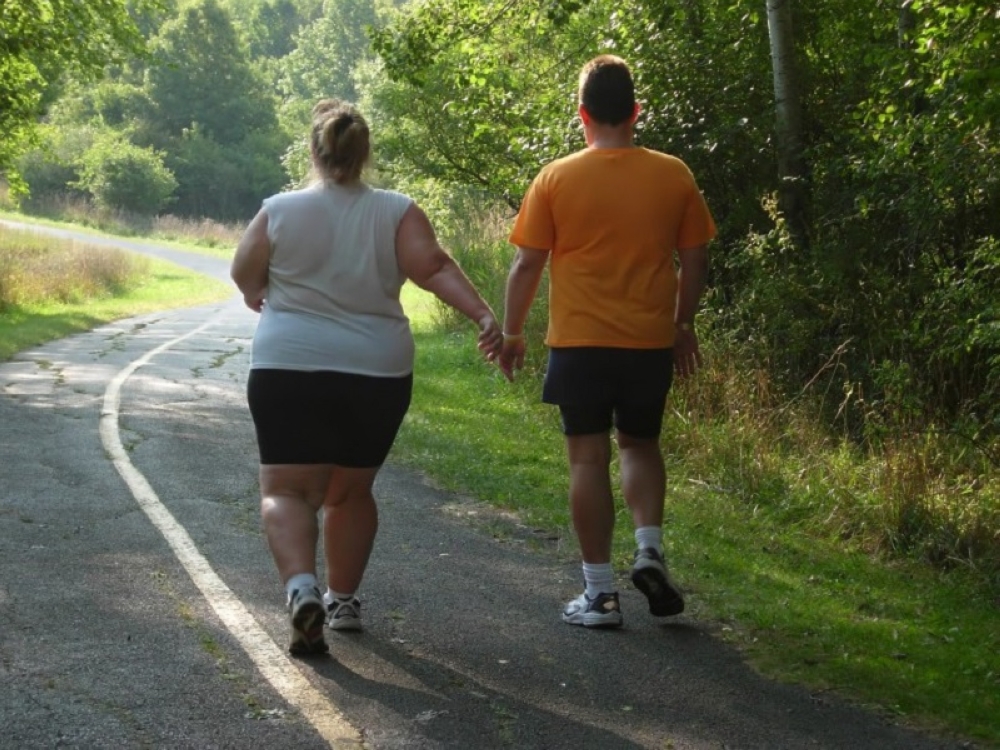DECEMBER 18 — “I can only meditate when I am walking. When I stop, I cease to think; my mind only works with my legs.” — Jean-Jacques Rousseau
This year, because of a newfound enjoyment for photography and parks, I’ve been walking a lot more than I normally do.
Even on vacation I spend most of my time strolling around the city covering usually three to four miles a day.
So imagine my surprise to find In Praise of Walking by Shane O’Mara (Bodley Head, 2019) in a secondhand bookshop.
O’Mara, a neuroscience professor, has previously written books on how the brain responds to torture, and how it’s best applied for business and life; this book summarises his thoughts on how our brain (and body) benefits from regular walking.
Already at the very start of the book, O’Mara quotes research on how regular walking helps reduce obesity, lowering the Body Mass Index (BMI), decreased triglycerides (fats which underlie some forms of cardiovascular disease) and increases lipoproteins (believed to protect the heart).
Bemoaning the tendency among many to just sit or lie down for hours on end, O’Mara writes, “When we stand up, things suddenly change in the brain and body; we become ‘cognitively mobile’, our minds are in movement, our heads swivel, our eyes dart about. Our brain activity changes when we move about, with electrical brain rhythms that were previously quiescent now engaged and active.”
According to O’Mara “the protective effect for exercise against depression occurred even for very low levels of exercise: infrequent walking, approximately once a week or so.” Kudos to fitbit wearers putting in their steps!

One reason why walking (or even the mildest form of aerobic activity) helps in improving mental health is the raised presence of brain-derived neurotrophic factor (BDNF), which O’Mara likens to a molecular fertilizer produced within the brain whenever we exercise.
By supporting the growth of new nerve cells in the brain, BDNF not only aids learning and memory but this activity-induced protein also makes us feel happier.
Another molecule stimulated by walking, vascular endothelial growth factor (VEGF) “encourages the growth of the vasculature, the network of tiny blood vessels that carry oxygen and nutrients to individual brain cells...A brain, like a city, needs a transport infrastructure to ensure a constant supply of nutrition and raw materials.”
Long and short, the more we walk, the better and stronger our body “city” performs and grows.
A small pushback to the ubiquity of fitbits tracking our steps per day is to note that we should also ask ourselves how fast we’re walking.
This is in no way to downplay the achievement of our daily 10,000 steps. It’s simply to remind us that it’d be much better if the majority of our walking goes beyond, say, from our apartment to our parking lot, from our cubicle to the toilet, and so on.
This category of walking would be what fitness experts call “Zone 1” walking (very casual sort of activity involving merely “baseline” heart-rate levels) as opposed to “Zone 2” walking (activities resulting in slightly elevated heart rates which nevertheless still allow us to maintain a normal conversation).
In this vein O’Mara writes, “To get maximum health benefits from walking, speed should be consistently high over 5 or 5.5 km per hour, sustained for at least 30 minutes, at least 4 or 5 times per week.”
Making it work
This won’t come as any surprise to folks already going to the gym or engaging in regular sports. But I do hope it helps “wake up” any of us for whom physical activity feels like a major burden and whose waist sizes and health indicators all suggest we could be in trouble real soon (we know who we are).
Simple steps forward may include, as per O’Mara’s suggestions, dedicating two to three days to doing some speed-walking on a treadmill, or at the nearby park or outside our homes or perhaps at our apartment’s recreation areas.
Nothing fancy, nothing glamourous; just regular walking above our usual speeds a few times a week.
Doing this (assuming we’ve done nothing else before) will make a huge difference already. Then later we can graduate to hiking up hills, trekking through forests, maybe even hitting the gym regularly.
Whatever it takes to destroy the sedentary lifestyle and mindset, we need to take (or walk) that first step.
* This is the personal opinion of the columnist






















